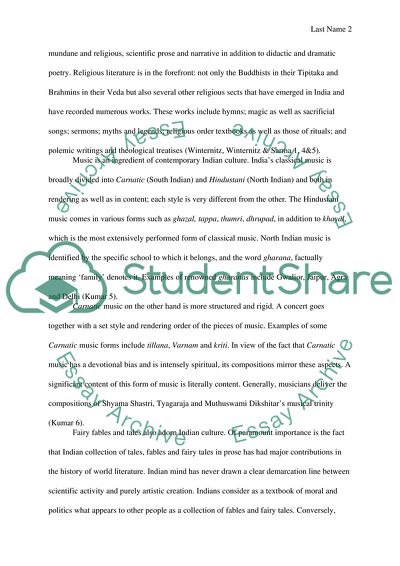Culture Shapes People Essay Example | Topics and Well Written Essays - 1000 words. https://studentshare.org/culture/1747138-indian-culture
Culture Shapes People Essay Example | Topics and Well Written Essays - 1000 Words. https://studentshare.org/culture/1747138-indian-culture.


